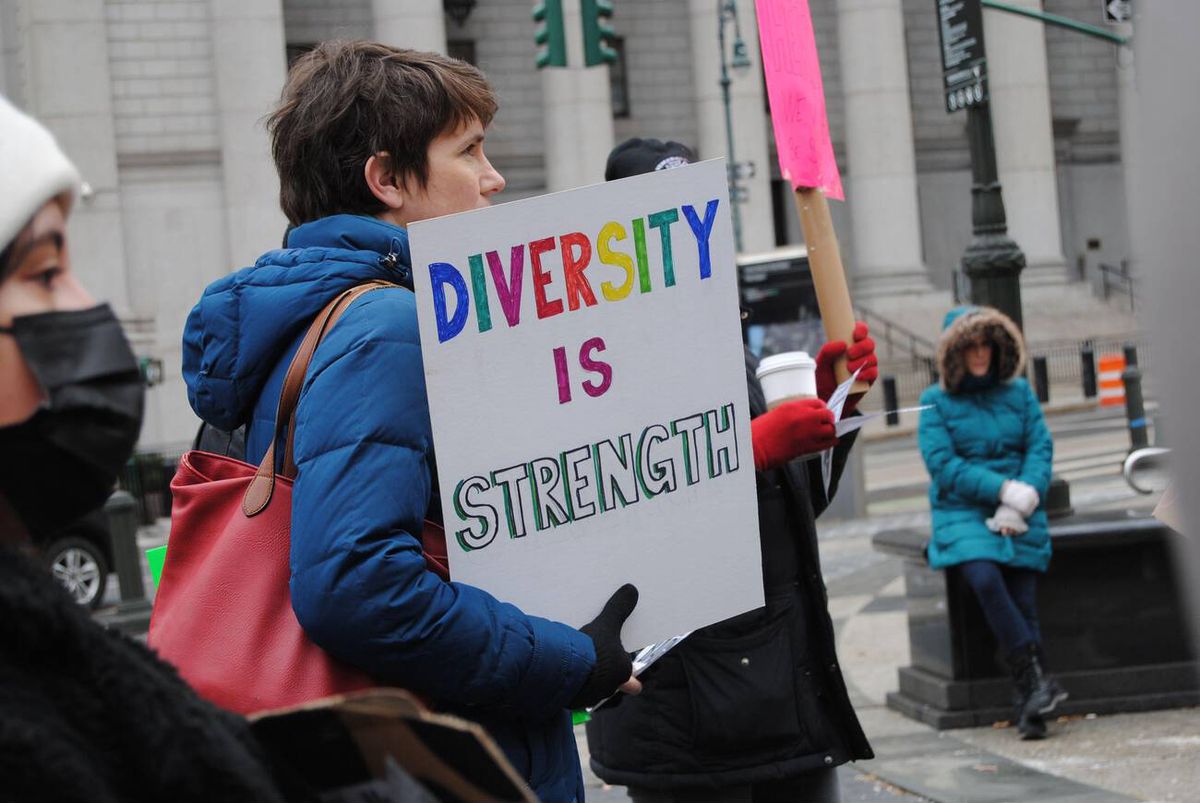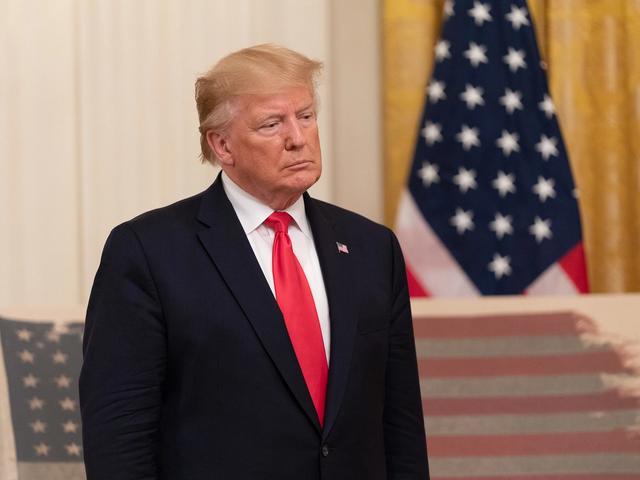In January, US president Donald Trump issued an executive order titled “Ending Radical and Wasteful Government DEI Programs and Preferencing”, in effect terminating diversity, equity and inclusion (DEI) initiatives across federal institutions. The directive has had profound implications for cultural establishments, particularly in Washington, DC—leading to the cancellation of exhibitions at the Art Museum of the Americas (AMA) and prompting the Smithsonian Institution and the National Gallery of Art (NGA) to dismantle their DEI programmes.
Trump’s latest executive order, “Restoring Truth and Sanity to American History”, is a direct assault on historical integrity and academic freedom. It extends federal oversight into the Smithsonian’s programming, censoring exhibitions and educational content deemed to promote “improper ideologies”. This sweeping mandate not only seeks to erase critical discussions on race, gender and social justice but paves the way for the reinstatement of Confederate monuments—symbols of oppression once removed through hard-fought activism. By forcing institutions to conform to a white nationalist agenda, this order fortifies the history of museums as colonial institutions.
Such actions raise critical concerns about the role of politics in museums, the potential impact on visitor attendance and the broader consequences of adhering to fascistic policies.
Although museums have long been regarded as custodians of culture, education and societal reflection, their authority in shaping cultural narratives has often reinforced systemic inequities rather than challenging them. Moreover, museums are not immune to political influence, especially when government funding dictates their operations and programming. These recent executive orders—targeting DEI initiatives, culturally specific histories and any attempt to illuminate the realities of white supremacy in this country—underscore how political decisions can infiltrate cultural institutions, shaping not only the stories they tell but also who gets to tell them.
Troubling shift
The AMA provides a poignant example of the immediate effects of Trump’s initial executive order. Earlier this month, the museum abruptly cancelled two exhibitions: Nature’s Wild with Andil Gosine, which linked queer identities to Caribbean’s colonial history, and Before the Americas, a group show featuring Black artists from across the Americas. These cancellations were directly linked to the Trump administration’s crackdown on DEI programmes, signalling a troubling shift in the cultural sector—one that gestures towards the persistent censorship and marginalisation of artistic and curatorial voices of colour.
Additionally, prominent institutions such as the Smithsonian and the NGA have taken measures to comply with the executive order. Both museums shuttered their diversity offices, raising alarms within the art community about the erosion of hard-won progress towards inclusivity and representation.
When two of the nation’s largest museums retreat from diversity and inclusion, it signals a very alarming shift
While cancelling exhibitions, closing DEI offices and modifying DEI language may seem like necessary responses, these rollbacks are not isolated incidents; they reflect a federal divestment in equity, particularly in publicly funded spaces. Furthermore, when two of the nation’s largest museums—both led by prominent Black leaders—retreat from diversity and inclusion, it signals a very alarming shift. As the Mother Jones video correspondent Garrison Hayes has noted, such actions reflect “anticipatory obedience”, normalising and legitimising authoritarian overreach. When those with institutional power acquiesce to such policies, they inadvertently grant Trump the authority he seeks. It is imperative, therefore, to resist compliance in advance.
So, I ask the sector, are we willing to stand firm in our commitment to what is right, or will we continue making “structural adjustments” that ultimately return us to exclusionary practices of the past? Now, more than ever, there is an urgent need for sustained, structured efforts that not only preserve past progress but also drive meaningful transformation forward.
Recovery arc
To forecast the potential effects of these policy changes on museum attendance in 2025, it is essential to examine recent trends. In 2023, many US museums were still grappling with the aftermath of the Covid-19 pandemic, with attendance averaging 71% of pre-pandemic levels. Approximately two-thirds of museums reported reduced visitation compared with 2019 figures.
By 2024, there were signs of recovery. The American Alliance of Museums’ 2024 Annual National Snapshot of United States Museums indicated positive trends in employment and individual giving. Data on visitor figures suggests a gradual bounce back as well. The NGA’s attendance, for example, rebounded from 1.7 million total visitors in 2021 to 3.9 million in 2024, while attendance at the Smithsonian’s National Museum of African American History and Culture (also in Washington, DC) increased from 393,000 in 2021 to 1.6 million in 2024. However, recovery has remained uneven, with many institutions still striving to reach pre-pandemic attendance levels.
The enforcement of anti-DEI policies and the erasure of culturally specific exhibitions could potentially hinder this recovery as the net effect on attendance numbers in 2025 will likely depend on regional demographics, community values and the specific actions taken by individual institutions. Museums that comply with such directives risk damaging their reputations among patrons, donors and the broader public—people who value inclusive and equitable cultural discourse. This damage would also result in a drastic decrease in community partnerships.
Legal challenges
In addition, museums may face legal challenges related to employment practices and ethical dilemmas concerning their missions and values, especially if compliance contradicts their stated commitments to diversity and inclusion in hiring practices, exhibitions and educational programmes. Lastly, dismantling DEI programmes can negatively impact staff morale, particularly among employees from under-represented groups, leading to higher turnover rates and loss of valuable talent within traditional institutions.
So, what can be done? I think the answer lies in strengthening community-led institutions. By supporting independent Black and Brown cultural organisations—whether through funding, advocacy or engagement—we ensure that critical work continues, regardless of shifting institutional priorities.
This is not just about representation; it is about creating a sustainable, anti-racist framework for the arts that cannot be undone by the shifting political tides of mainstream establishments.
- Kelli Morgan is the founding executive director and chief executive of the Black Artists Archive in Detroit



